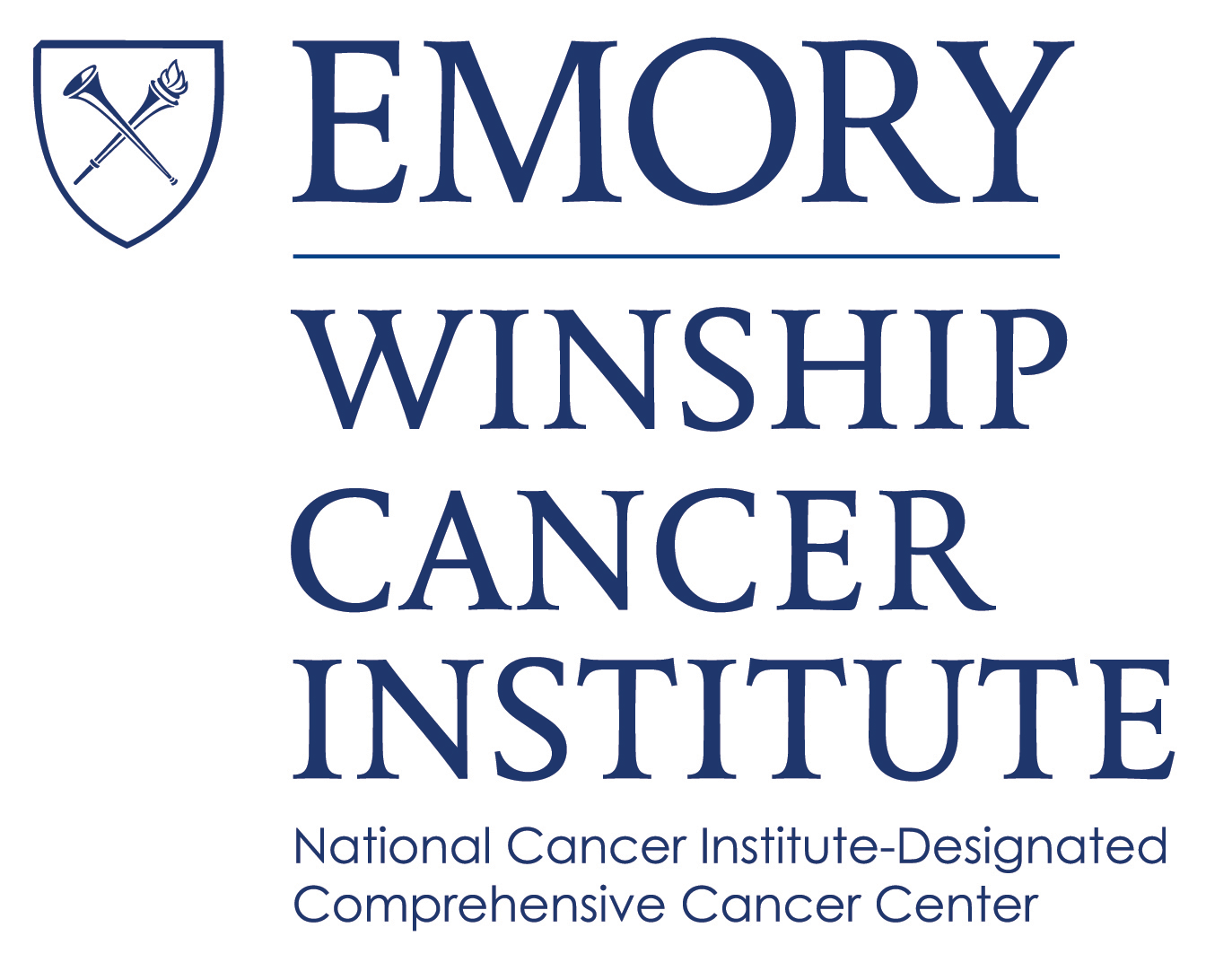- Advertise
- About OncLive
- Editorial Board
- MJH Life Sciences brands
- Contact Us
- Privacy
- Terms & Conditions
- Do Not Sell My Information
2 Clarke Drive
Suite 100
Cranbury, NJ 08512
© 2025 MJH Life Sciences™ and OncLive - Clinical Oncology News, Cancer Expert Insights. All rights reserved.
Dr. Carlisle on Chemoimmunotherapy as Frontline Standard in Squamous NSCLC
Jennifer Carlisle, MD, assistant professor, Winship Cancer Institute of Emory University, discusses how the use of chemoimmunotherapy has become the standard of care in the frontline treatment of patients with squamous non–small cell lung cancer.
Jennifer Carlisle, MD, assistant professor, Winship Cancer Institute of Emory University, discusses how the use of chemoimmunotherapy has become the standard of care in the frontline treatment of patients with squamous non—small cell lung cancer (NSCLC).
PD-L1 testing is critical for these patients, says Carlisle, because it really helps determine whether or not single-agent pembrolizumab (Keytruda) will work for the patients with PD-L1 expression >50% or if chemotherapy should be added to help increase response rates.
Chemoimmunotherapy as emerged as the frontline standard of care for patients with squamous NSCLC, based on data from the phase III KEYNOTE-407 trial, which showed objective response rates seen of nearly 60% in those who received the pembrolizumab/chemotherapy combination compared with 35% in the control arm. The improvement in median overall survival from 11.3 to 15.9 months in favor of the pembrolizumab arm was also very impressive, adds Carlisle.
These data led to the October 2018 FDA approval of pembrolizumab for use in combination with carboplatin and either paclitaxel or nab-paclitaxel (Abraxane) in this patient population. Carlisle shares that this is the option she uses for patients with PD-L1 expression ranging from 1% to 49%, as well as for those with PD-L1 expression <1%.
When it comes to determining the appropriate frontline option for patients who are PD-L1—high, Carlisle says that the clinical decision is based on tumor volume and other factors.


